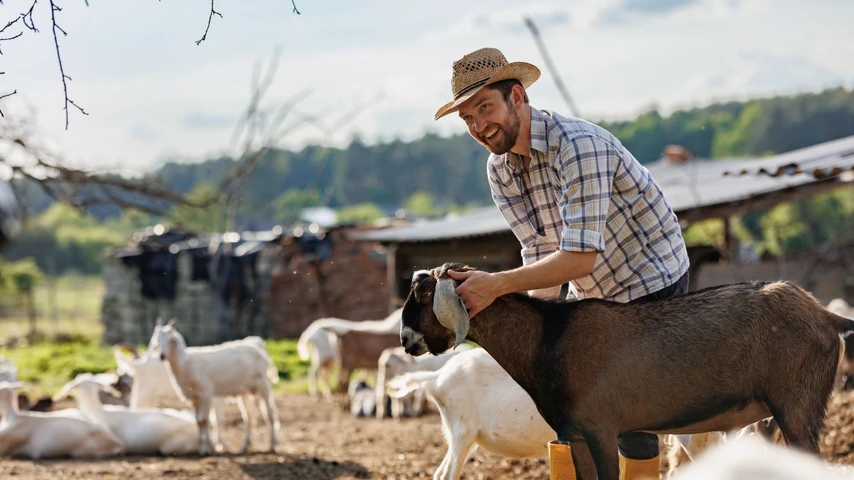Australian Farm Animals - Adorable and Dangerous


Australian farms, with their diverse array of livestock and native creatures, carry a unique set of hazards that demand preparedness and vigilance from those who work among them.
From the unpredictable behaviour of livestock to encounters with venomous reptiles, it is essential for farmers and rural communities to equip themselves with the knowledge of first aid measures, enabling them to respond effectively to animal-related incidents.
This article discusses the dangers of animals on Australian farms. It looks at common injuries, risks, and ways to prevent harm to people and animals.
A 20-year review of animal-related deaths on Australian farms found that more than half occurring during work activities. Horses were involved in 81% of incidences, with cattle the next highest group.
Over half of the fatalities were male, and 46% of cases were involving people over the age of 60.
Amongst those who lost their lives, 85% fell from or were struct by an animal at the time of the incident. 40% involved a head injury.
These results were consistent with previous studies in terms of the leading cause of fatalities. It is important to note however that annualized case numbers have decreased compared to the previous decades.
Australian farms are home to a diverse array of animals, each playing a vital role in the agricultural landscape.
Among the common livestock species on farms in Australia are:
These form the backbone of the country's agricultural industry, providing meat, dairy products, wool, and other essential resources. Some less commonly farmed animals include llama, alpaca, camel, and crocodiles.
Additionally, Australian farms may also house working dogs, which assist in herding livestock, and cats, which can both act as mousers and be a pest.
Our unique wildlife can also make appearances on farms, including kangaroos, wallabies, emus, and various bird species. Foxes and camels, both invasive pests in Australia, can wander into farm properties.
Rodents are a persistent issue, causing a range of health and safety concerns.
It is important for farmers to be knowledgeable about the behaviour and potential hazards associated with these animals to ensure their safety and effective management of their farm operations.

One of the greatest risks of farm animals is underestimating their power, strength, and temperament.
Some common hazards associated with animals on farms include:
Injuries caused by farm animals can range from superficial to fatal. You are more likely to be killed by a cow than a shark.
Injuries sustained by farm workers and visitors include:
A separate hazard that is often not taken seriously is the risk of needlestick injuries during animal vaccinations. Often, they contain mineral oil adjuncts, which can cause significant injury to a person, even with the smallest of pricks. Contamination from a needlestick injury that is not seen to immediately can result in the need for multiple surgeries and possible loss of limb use.
There are several ways to increase the safety of all on your farm when working with animals.
At least one person on the farm should be fully trained in first aid. Preferably, all workers and household members would be trained.
Farm work is isolating, and health and safety issues are numerous. Injuries can quickly escalate while awaiting assistance, so the more people with first aid knowledge the better.
Of note when working with animals are training in procedures for sprains and strains, lacerations and bites, crush injuries, and needlestick injuries.
Good safety practices throughout the work environment and good first aid knowledge save lives.

October 1, 2024
Almost every job involves using the body to carry out some type of manual task. Some tasks may be hazardous, causing injuries such as musculoskeletal disorders (MSDs). Knowing how to manage them is a legal responsibility of all workplaces.

January 10, 2024
In Australia, workplace safety is a top priority, and First Aid plays a crucial role in ensuring the well-being of employees. Workplaces are expected to adhere to specific regulations and guidelines outlined by Safe Work Australia. How does your workplace stack up?

November 24, 2023
No matter how experienced you are as an outdoor activity leader, there are some things you should always do to keep your group safe. Nature can be unpredictable, and so it’s best to be prepared.